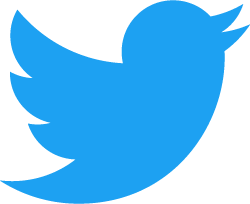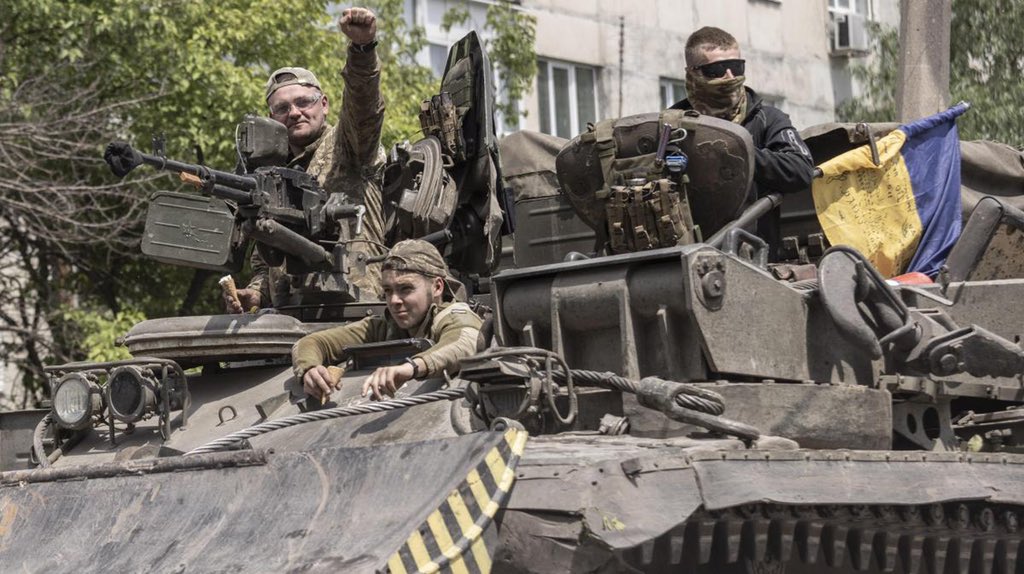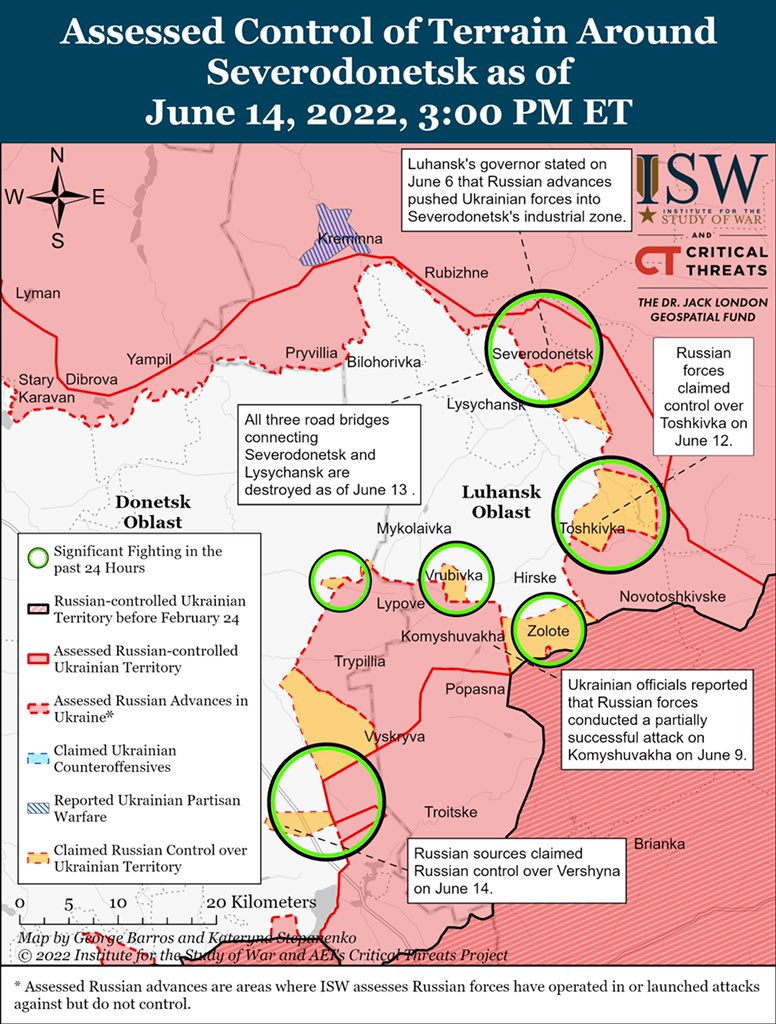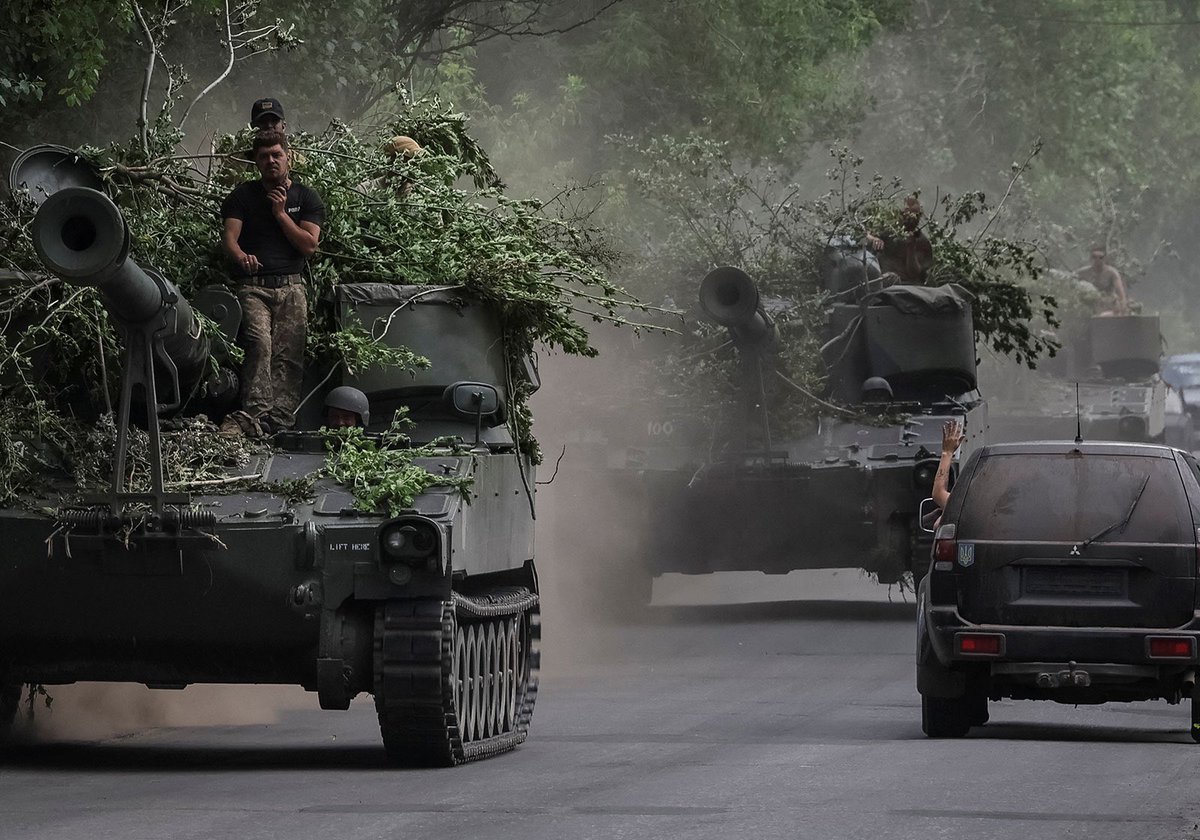
It is 118 days since Russia invaded #Ukraine. Today, an exploration of military operations in southern Ukraine and the Ukrainian resistance. Full piece at @smh 1/20 🧵 smh.com.au/world/europe/p…
2/ Over the past two months, attention on the Ukraine War has generally focussed on the Russian eastern offensive. The Russians have concentrated much of their combat power in eastern Ukraine.
3/ But there is another front in this war that is important: the south. Because of its long-term economic implications for the state of Ukraine, the war in the south may prove even more decisive than the military operations in the Donbas.
4/ As Jim Dubik has written, “the territory that Russia controls in the South, less Odessa, puts Putin in a position to slowly choke Ukraine’s economy while continuing to pummel Ukraine’s cities, civilians, industry, cultural sites and infrastructure.” thehill.com/opinion/nation…
5/ Putin may have emphasized operations in the Donbas in his 9 May Victory Speech. But this deliberate and systemic destruction of Ukraine’s capacity to generate revenue may now be the Russian theory of victory.
6/ The Ukrainians well understand the threat this poses. With most of its ports now occupied by the Russians, and its exports curtailed, it is impacting on the Ukrainian economy as well as resulting in an increase in prices of food around the world.
7/ The Ukrainians have consequently launched a series of counter attacks in the south that have resulted in the liberation of multiple Ukrainian towns in the Kherson region.
8/ These attacks have also put the Russians in a dilemma about the allocation of their forces between the south and the east. However, the Russians have constructed several ‘defensive lines’ in Kherson. These will be difficult to fight through. 
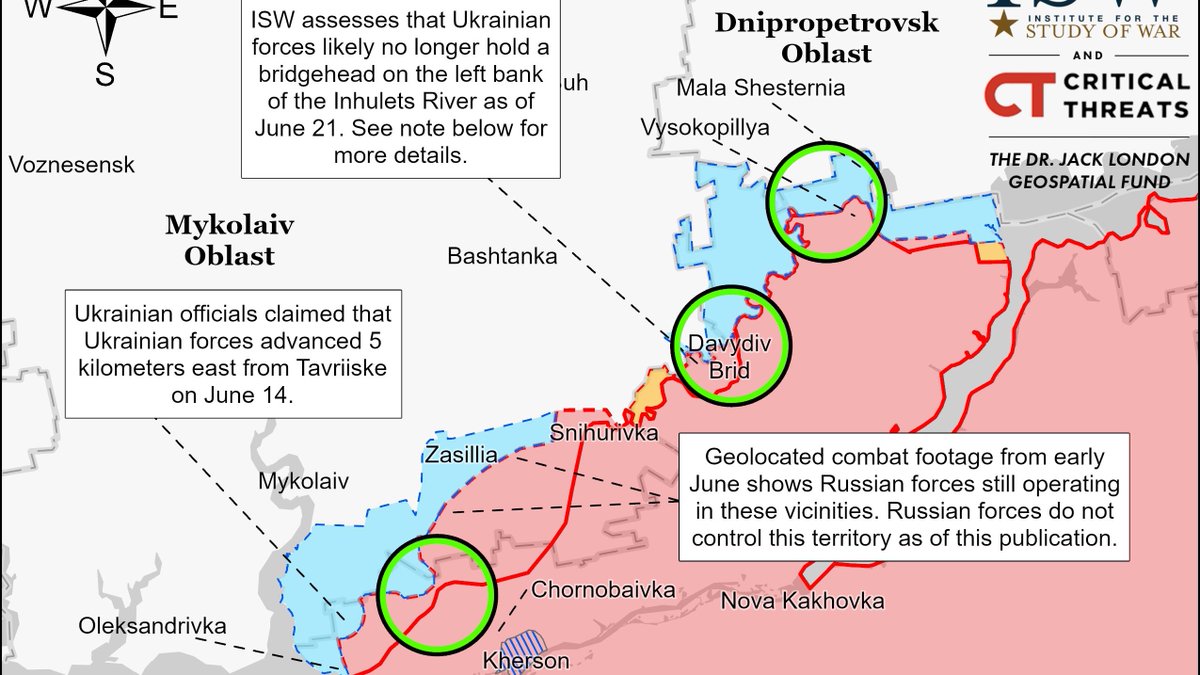
9/ The Ukrainians, however, have another element of their campaign to eventually re-take their territory in the south and make things difficult for the Russians: the Ukrainian resistance movement.
10/ This is not a movement that has risen organically in the wake of the invasion. Back in May 2021, the Ukrainian parliament passed its ‘Bill #5557’ which provided for the ‘foundations of national resistance.’ uscc.org.ua/en/ukrainian-p…
11/ Additionally, in the lead up to the war, weapons caches appear to have been pre-located in various locations in the south and east of Ukraine. It is likely that there are small teams of military specialists who are training and leading resistance cells across the south.
12/ This dangerous, behind-the-lines warfare aims to absorb the attention of an occupying Army, to slowly bleed its capacity and its morale, in preparation for conventional offensives that will liberate that territory. 
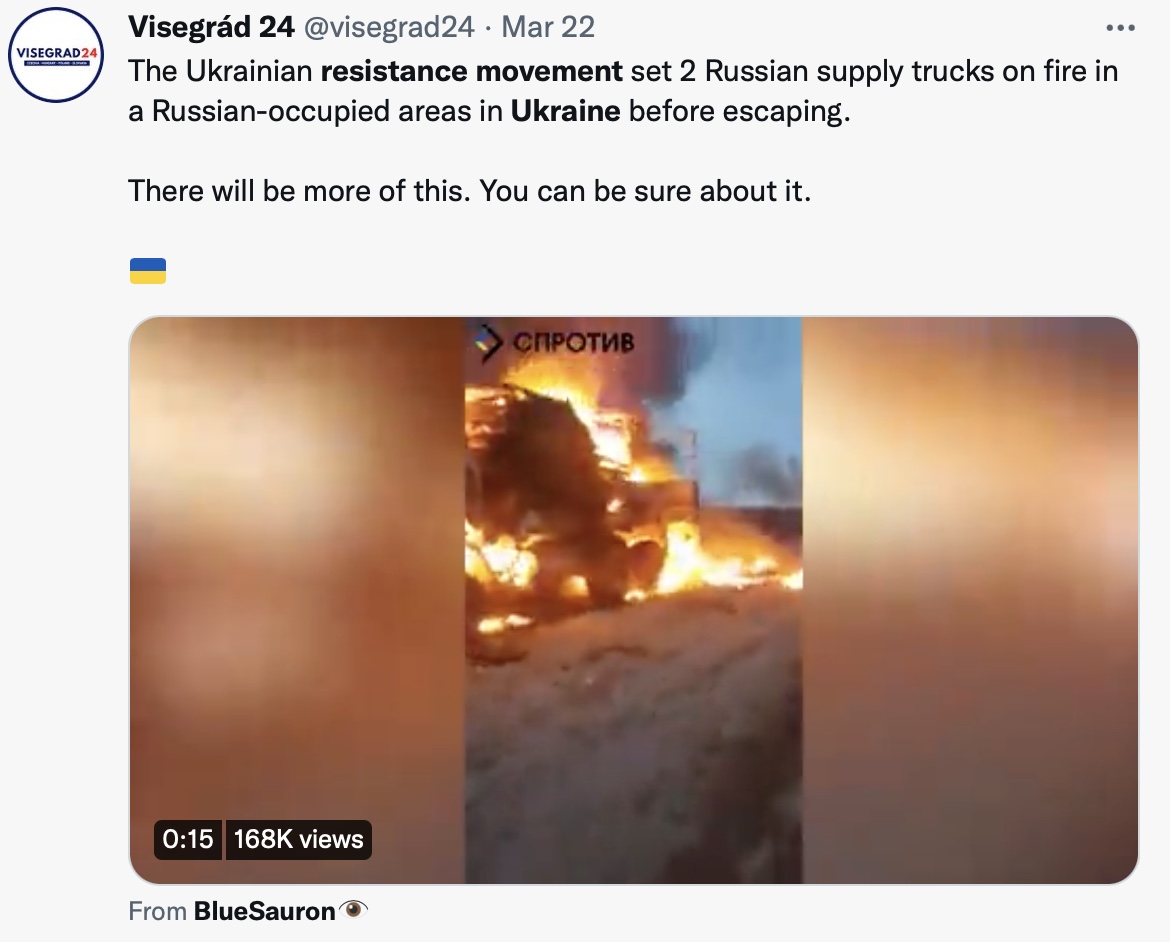
13/ While large proportions of the Ukrainian Army exhaust themselves in the east, and the Ukrainian high command trains new combat forces and transitions its equipment and logistics from Soviet to NATO models, this partisan warfare is buying time for the Ukrainian military. 
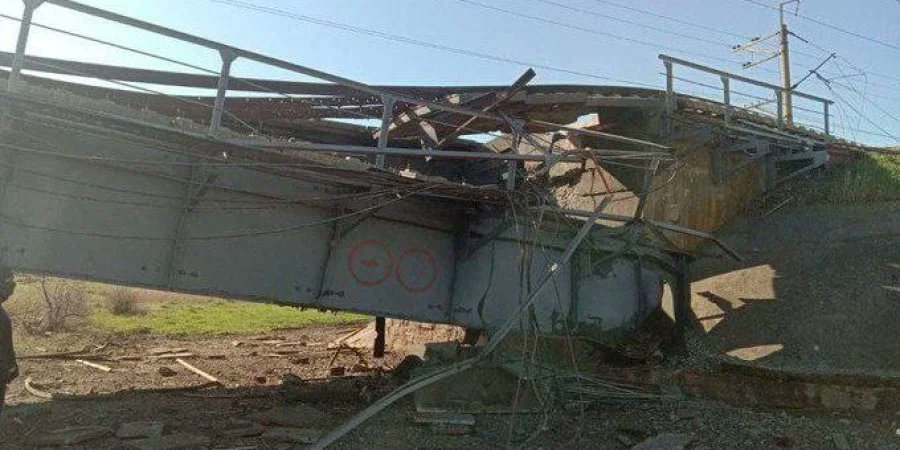
14/ While much of this activity has been conducted around the city of Melitopol, other resistance operations have been conducted around Berdyansk, Kremenna, and Kherson. english.nv.ua/nation/thousan…
15/ Resistance activities have ranged from posting of leaflets threating Russians soldiers, the destruction of transport infrastructure and equipment, through to the targeting of Russian soldiers and Ukrainian collaborators. 
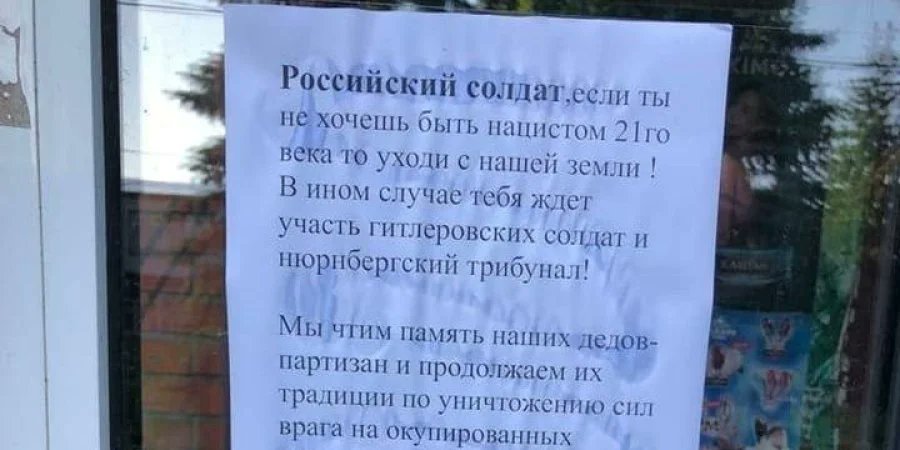
16/ The coming months are a critical phase in the war for Ukraine. There is evidence that both sides, due to high numbers of casualties and ammunition expenditure are nearing exhaustion. An operational pause in the next month or two is highly possible.
17/ While all this is occurring, the resistance movement in the south will fight on, and probably expand across a wider area of Russian-occupied territory. nytimes.com/2022/06/06/wor…
18/ The Ukrainian resistance will slowly attrit Russian morale, and demand the Russians deploy more forces to control the lands they have seized in this invasion.
19/ Many Ukrainian resistance fighters will be lost. But for the Ukrainians, the sacrifices of the courageous partisans of the south will help buy precious time to build the larger force it needs to clear the Russians from its territory. sprotyv.mod.gov.ua/en/english/ 
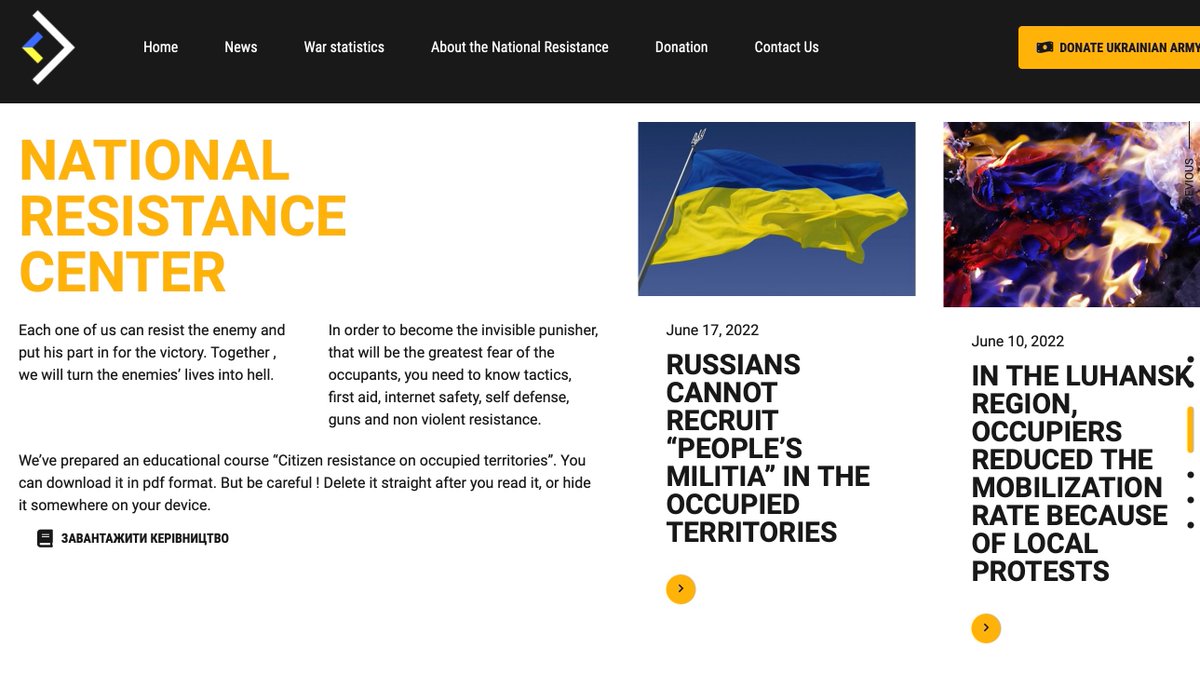
20/ Thank you to the following whose images are used in this thread: nv.ua @thestudyofwar @criticalthreats @visegrad24 @Blue_Sauron
• • •
Missing some Tweet in this thread? You can try to
force a refresh
